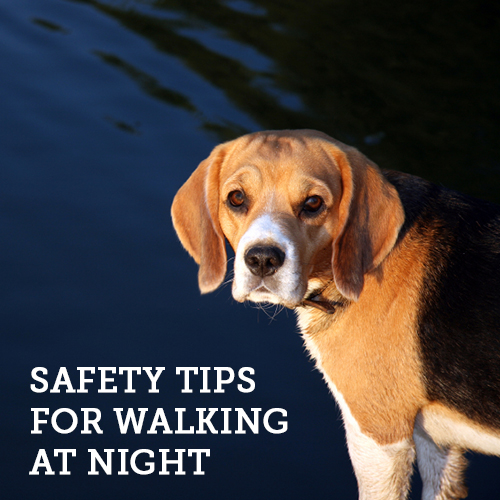3 Easy Steps to Set Up Your Appointment
- Fill out the form.
- We will call you within one business day to confirm.
- Show up and receive topnotch care for your pet.
If you need to change your appointment, give us a call at least 24 hours before your scheduled time.
Important Note:
Do not use the appointment form in case of an emergency. Call or visit us right away.
For emergencies, please telephone us immediately at 212-724-2697. Appointments are required. Our dedicated team of veterinarians and technicians are here to provide expert care for your pet.
PLEASE CALL FOR AVAILABILITY. APPOINTMENTS ARE REQUIRED, EVEN IN THE CASE OF AN EMERGENCY.
Our address is: 194 Riverside Blvd New York, NY 10069
Click here for directions to our Manhattan location.

Walking Your Dog at Night
Here in Westchester County, October is one of the most beautiful months of the year. The foliage is at its peak , the air is crisp, and you can just start to feel the nip of winter. In these early days of Autumn, dusk comes all too quickly.
When you are taking your dog out for their nightly stroll, remember that visibility becomes increasingly low at dusk. While your eyes may be accustomed to the lower lights, drivers just off the highway may not have acclimated to the amount of light on your neighborhood streets. It is important to take basic precautions as you walk your dog.
Here are three safety tips for pet parents taking their dog for their night time stroll.
Be Visible.
You and your dog should wear high-visibility gear. Drivers will see you before they see your pet. There are so many useful and easy to find products for night walking that we only need to list them to get you started. Of course, the easiest and thriftiest solution is to get a roll of reflective tape and attach it to your dog’s collar, leash and harness. But if you want a product that has been specifically designed for nighttime visibility whether light is shining directly on you and your dog or not, there are plenty to choose from.
The most no-nonsense are the blinking light collars, leashes and attachable collar lights (similar in size to a typical collar tag), the latter which can be found in long lasting, far reaching lights — as strong as a standard flashlight in some cases. Look for the products that have easy battery replacement to guarantee that you always have what you need.
- Collars and leashes with reflective strips and lights, so that even when a light is not shining on your dog, the lights will illuminate your dog in the dark — blinking lights and steady lights are both available
- Clip-on blinking lights, to attach to your clothing and to your dog’s leash
- Collar tags with reflective coating
- Brightly colored and reflective vests for you and your dog
- Reflective leg bands for your dog
- Flashlights that attach to your dog’s collar, or onto your own head (e.g., the type used by mushers, climbers and miners)
- Lighted pooper scooper or combination flashlight waste bag holder/dispenser
- High pitched whistle
Be Safe.
Even if you've dressed your dog head-to-tail with reflective gear and blinking lights, its best to keep a flashlight on hand to help illuminate your path and asset with cleaning up after your pet. Headlights (like what rock climber's wear) are helpful to keep your hands free to hold the leash and clean up after your pet.
Stay Close.
Chose paths with well-lit side walks and avoid walking too close to the road. If you have to walk on the road, walk towards traffic and keep your dog's leash short so they stay close to your side. Avoid unlit, empty parks or trails. Not only is it smart to walk within hearing range of other walkers, houses or traffic- it also means you are less likely to have a startling encounter with an aggressive animal.
